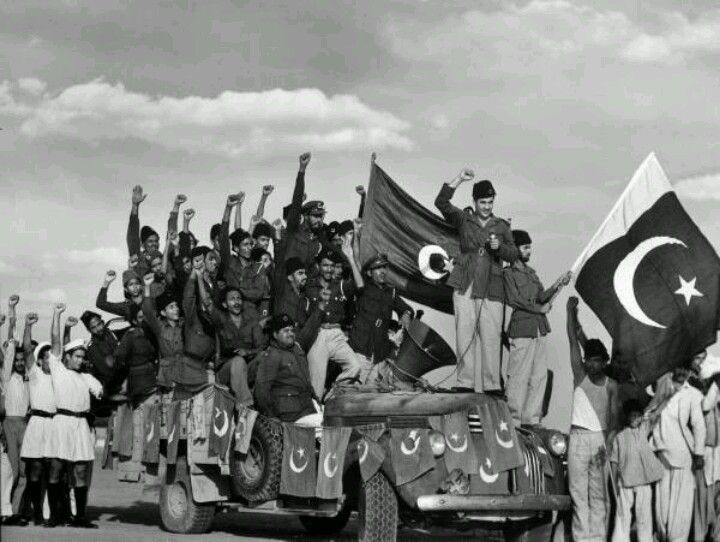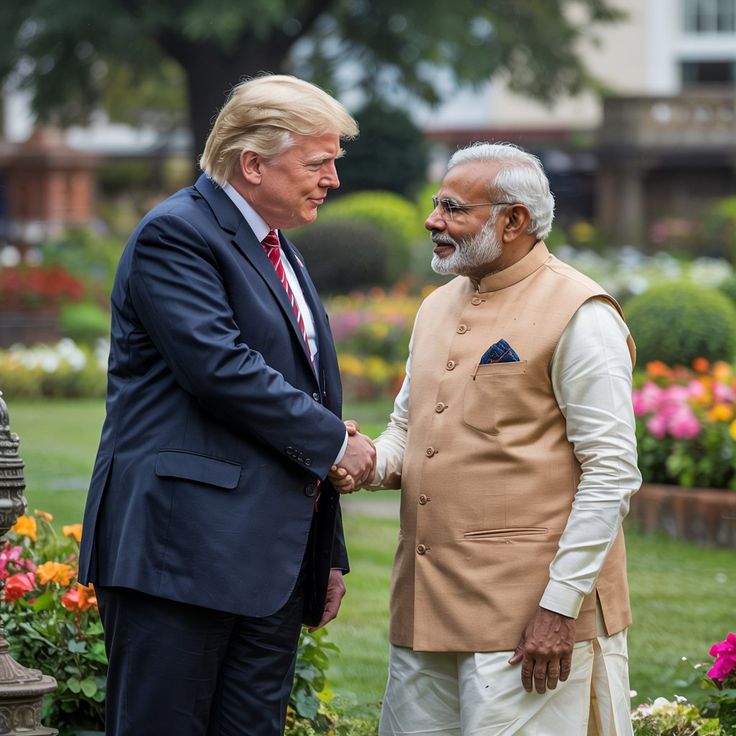British administrative choices, and ceremonial convenience. In fact, India commemorates its independence on August 15th, 1947, but Pakistan celebrates it on August 14th, a whole day earlier.

In a world where neighbours often share similarities, Pakistan and India’s independence dates stand out as a curious exception. While India celebrates its freedom on 15th August, Pakistan marks its Independence Day a day earlier — 14th August. The reason, however, is not just about the calendar, but a story rooted in history,
logistics, and a bit of colonial-era complexity. Lord Louis Mountbatten, the last Viceroy of British India, had been tasked with overseeing the transition. According to official records, Mountbatten was scheduled to be in Delhi on 15th August for India’s midnight independence ceremony. This meant Pakistan’s celebration had to happen earlier, so he could attend both.
Two Countries, Two Timelines
India and Pakistan were to become independent dominions “from the fifteenth day of August, 1947,” as stated in the 1947 Indian Independence Act of the British Parliament. On paper, both countries were to be born at the same time.
But here’s where the clock — and the globe — stepped in. Pakistan’s territory lay to the west of India, about 30 minutes behind Indian Standard Time. More importantly, British officials decided to hold Pakistan’s official independence ceremony a day earlier for logistical reasons.
Why 14 August Was Chosen for Pakistan
There were three main factors:
Governor-General’s Schedule:
Lord Mountbatten, the last British Viceroy of India, could not be physically present in both capitals for the handover of power. The plan was to swear in Pakistan’s leadership in Karachi on 14 August, then return to New Delhi for India’s ceremony on 15 August.
Religious Significance:
In 1947, 14 August coincided with the 27th day of Ramadan, a date Muslims regard as Laylat al-Qadr — “The Night of Power” — considered one of the holiest nights in the Islamic calendar. Many in Pakistan’s political leadership saw this as a symbolic blessing.
Administrative Practicality:
The British civil administration needed a clear 24-hour gap to transition power, shift officials, and manage security across newly drawn borders. Holding the ceremonies on different days reduced chaos during one of the largest migrations in human history.
The First Flag Raising
At exactly midnight on 14 August 1947, Pakistan officially became an independent dominion within the British Commonwealth. The following morning, in Karachi, Muhammad Ali Jinnah took oath as Pakistan’s first Governor-General. The green and white flag of Pakistan was hoisted for the first time over the Constituent Assembly building.
Witnesses recalled a mix of celebration and tension. By the end of 1947, nearly 14 million people had migrated between the two new nations, and communal violence claimed up to 1 million lives. Independence came with both hope and heartbreak.
The India Connection
Pakistan completed its independence ceremonies on August 14th, whereas India waited until midnight on the 15th. The date was chosen in part because Lord Mountbatten preferred it — it marked the second anniversary of Japan’s surrender in World War II.
Thus, the two neighbors share the same legal birthday under British law, but their celebration dates diverged from the very first year.
Changing the Narrative
Interestingly, in the first few years after independence, Pakistan sometimes referred to 15 August as its official date of independence in documents. It wasn’t until 1951 that 14 August was formally fixed as the national holiday in all state calendars.
Today, official school textbooks, documentaries, and news reports in Pakistan make it clear: 14 August 1947 is the day Pakistan’s flag first flew over a free homeland.
Legacy and Symbolism
For Pakistanis, 14 August is more than an anniversary — it’s a reflection of faith, resilience, and the unique circumstances of the country’s birth. The green of the flag represents Islam, the white stripe symbolizes religious minorities, and together they recall the vision of a homeland for South Asia’s Muslims that Muhammad Ali Jinnah championed.
Fireworks, parades, and flag-raising ceremonies across the country each year mark the moment when the world map was redrawn and a new nation stepped into the international stage a day before its neighbor.
Why This Still Matters
The one-day gap between Pakistan and India’s celebrations often sparks curiosity and sometimes confusion. For historians, it’s a reminder that independence was not a clean, simultaneous break but a staggered handover shaped by politics, geography, and faith.
Understanding this nuance is crucial in an era where historical memory often gets blurred by social media simplifications. The dates tell us that independence wasn’t just about freedom — it was also about how and when freedom was transferred.
Pakistan celebrates its independence on 14 August not because it was legally independent earlier than India, but because the British arranged separate ceremonies, logistical needs dictated the schedule, and a sacred Islamic date added symbolic weight. What was meant as a matter of convenience has become a defining feature of the nation’s identity.


